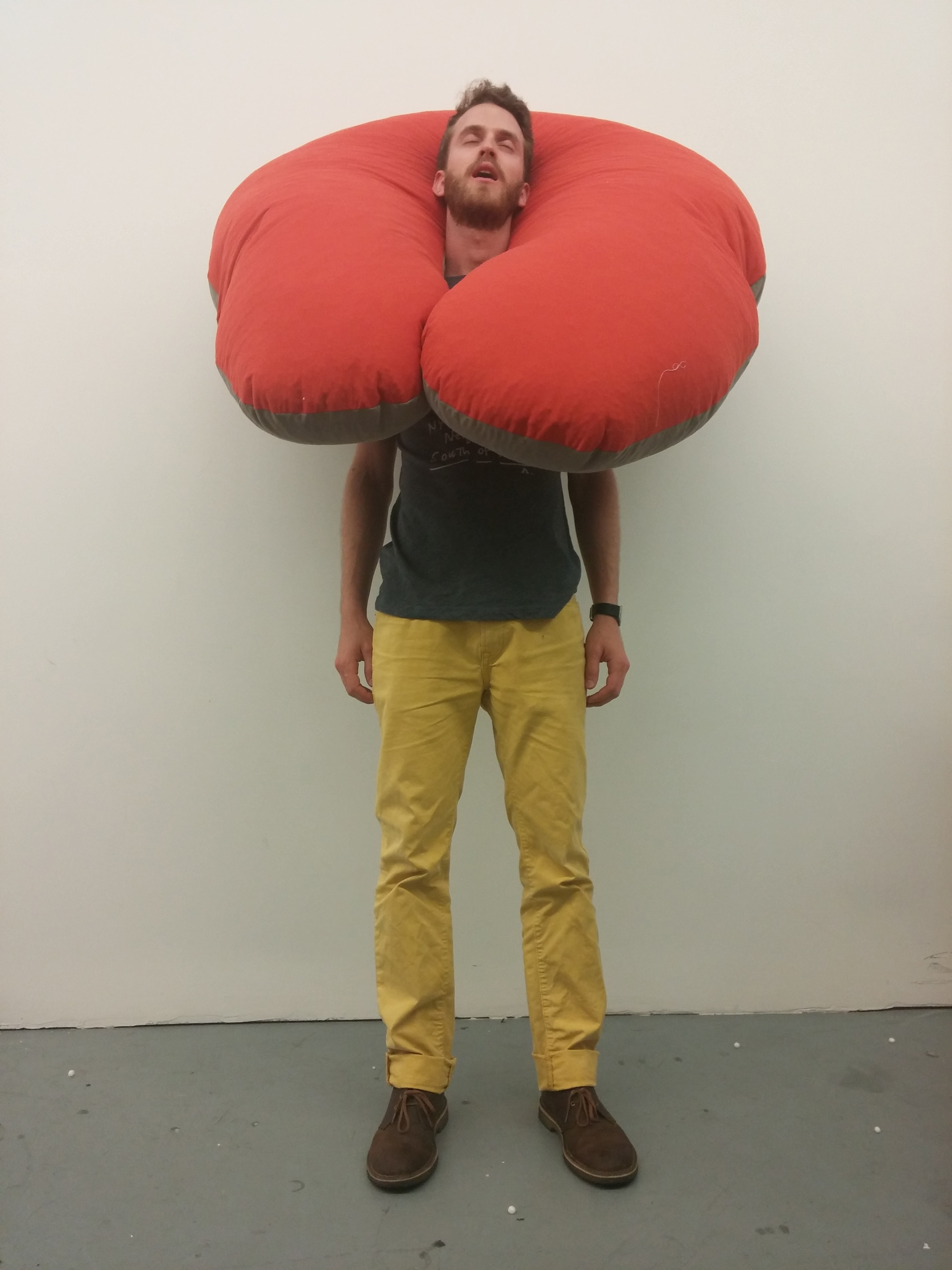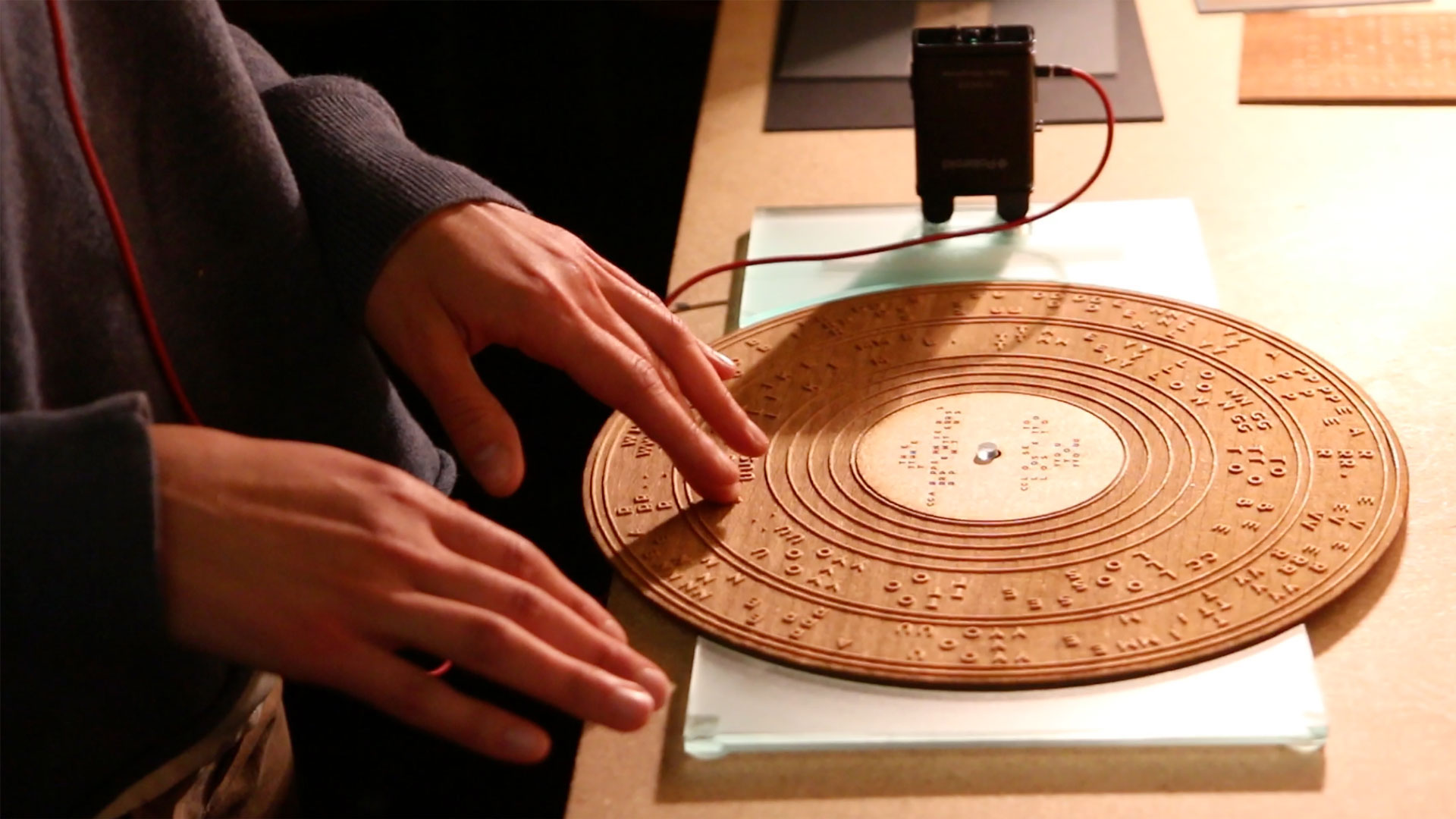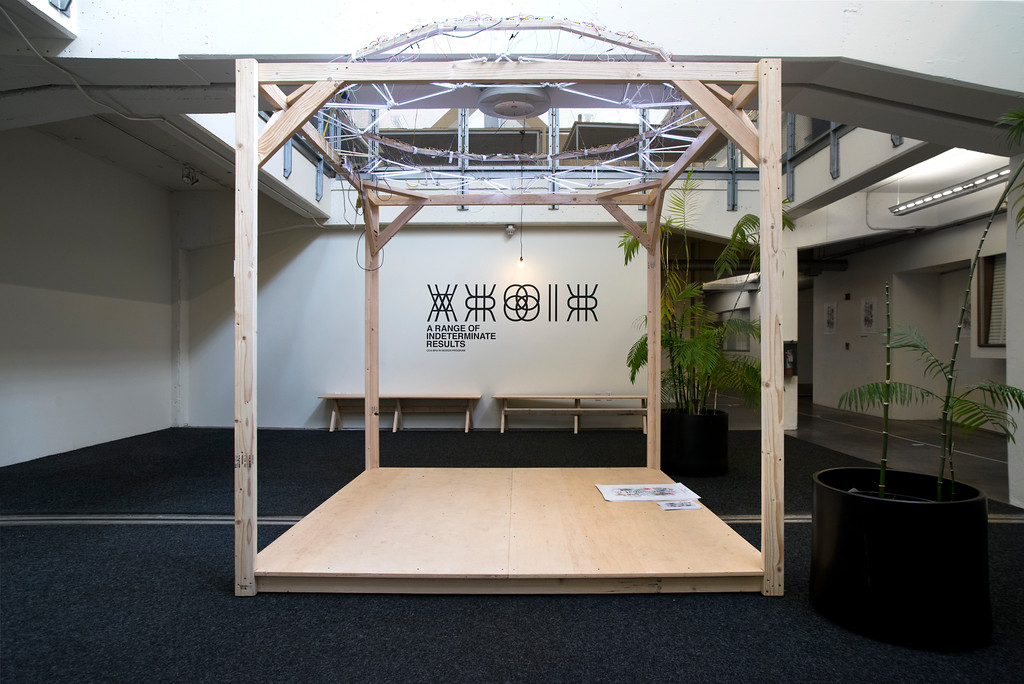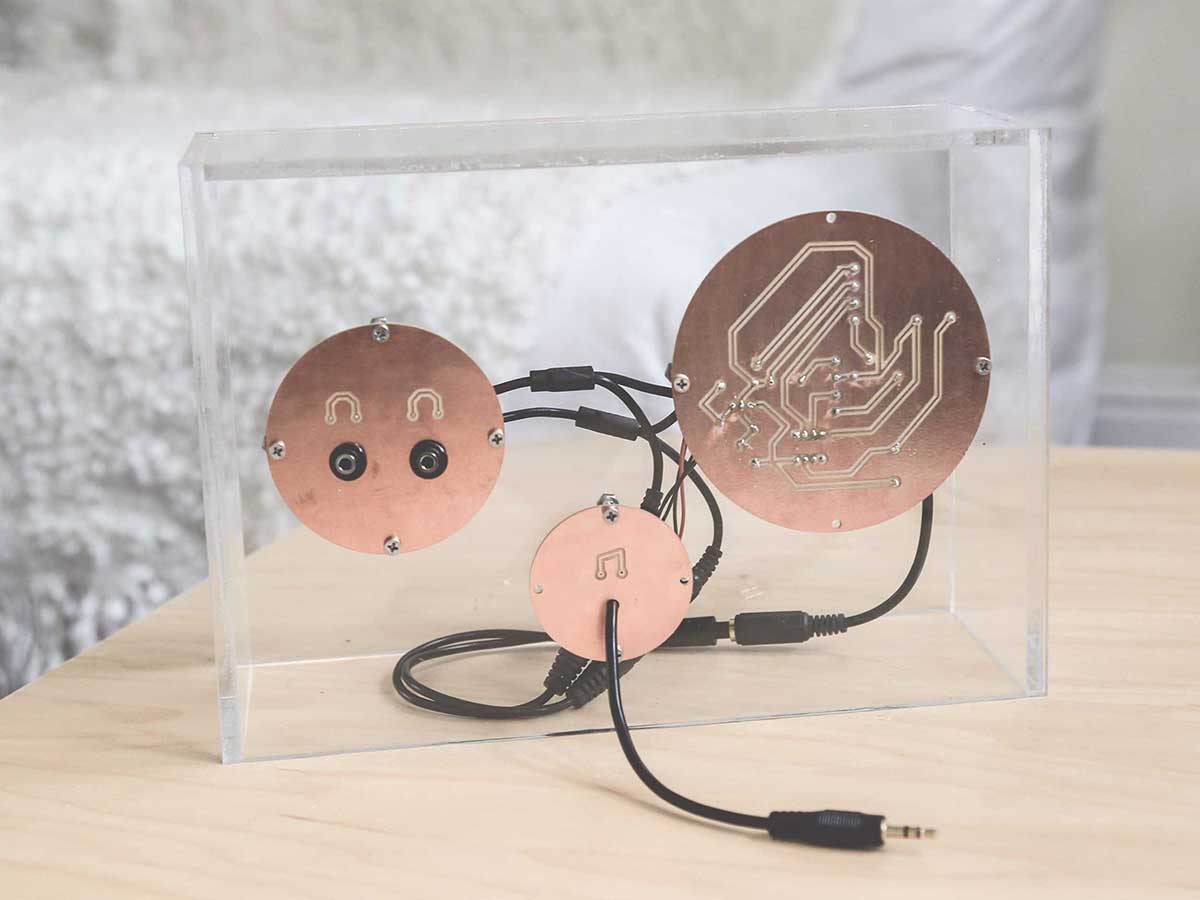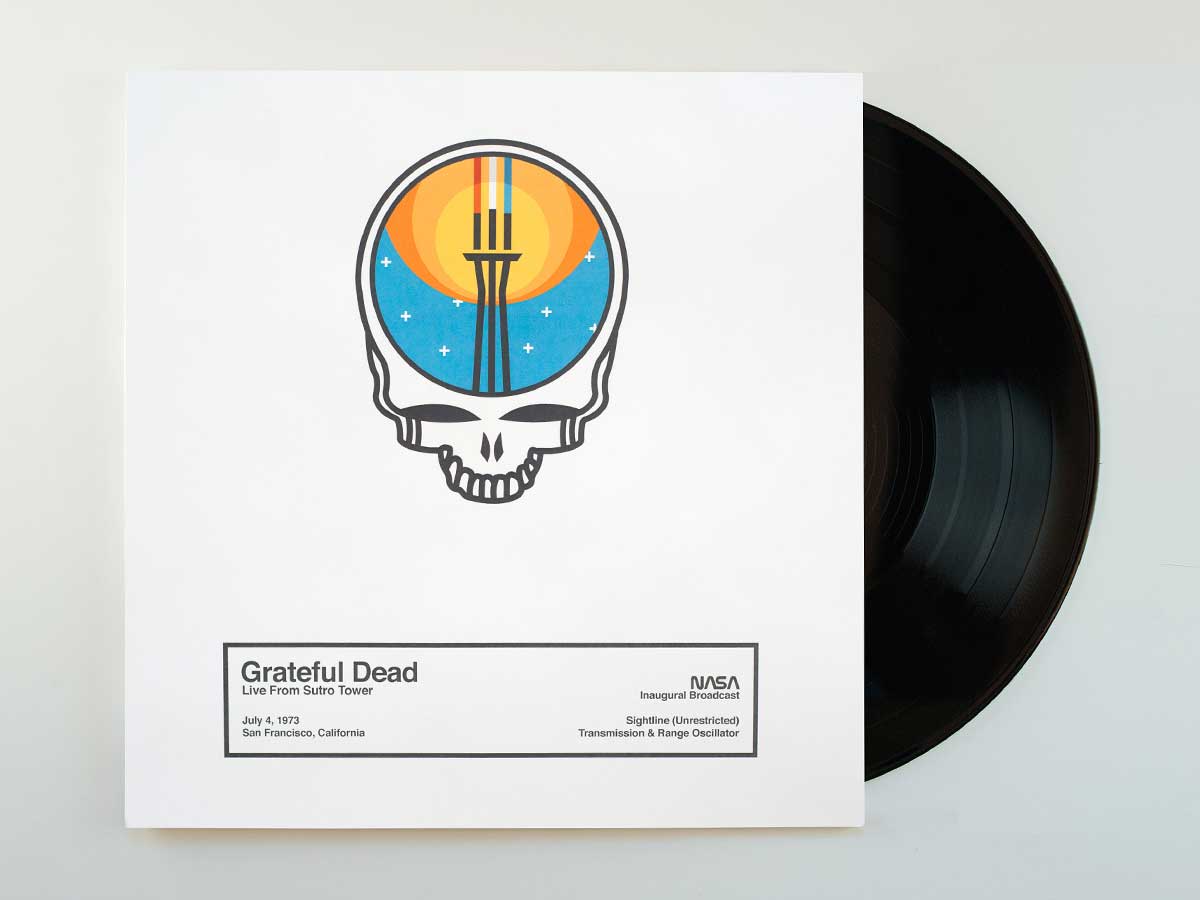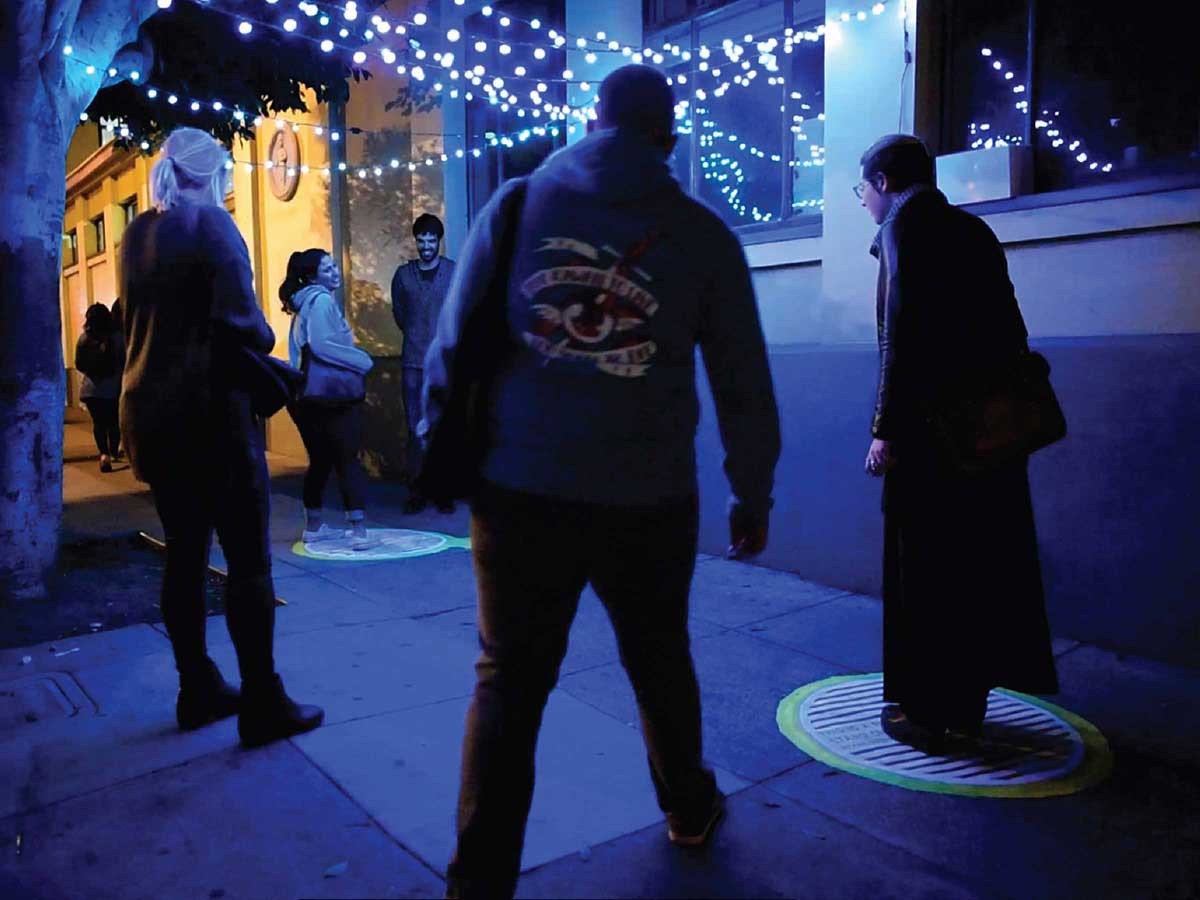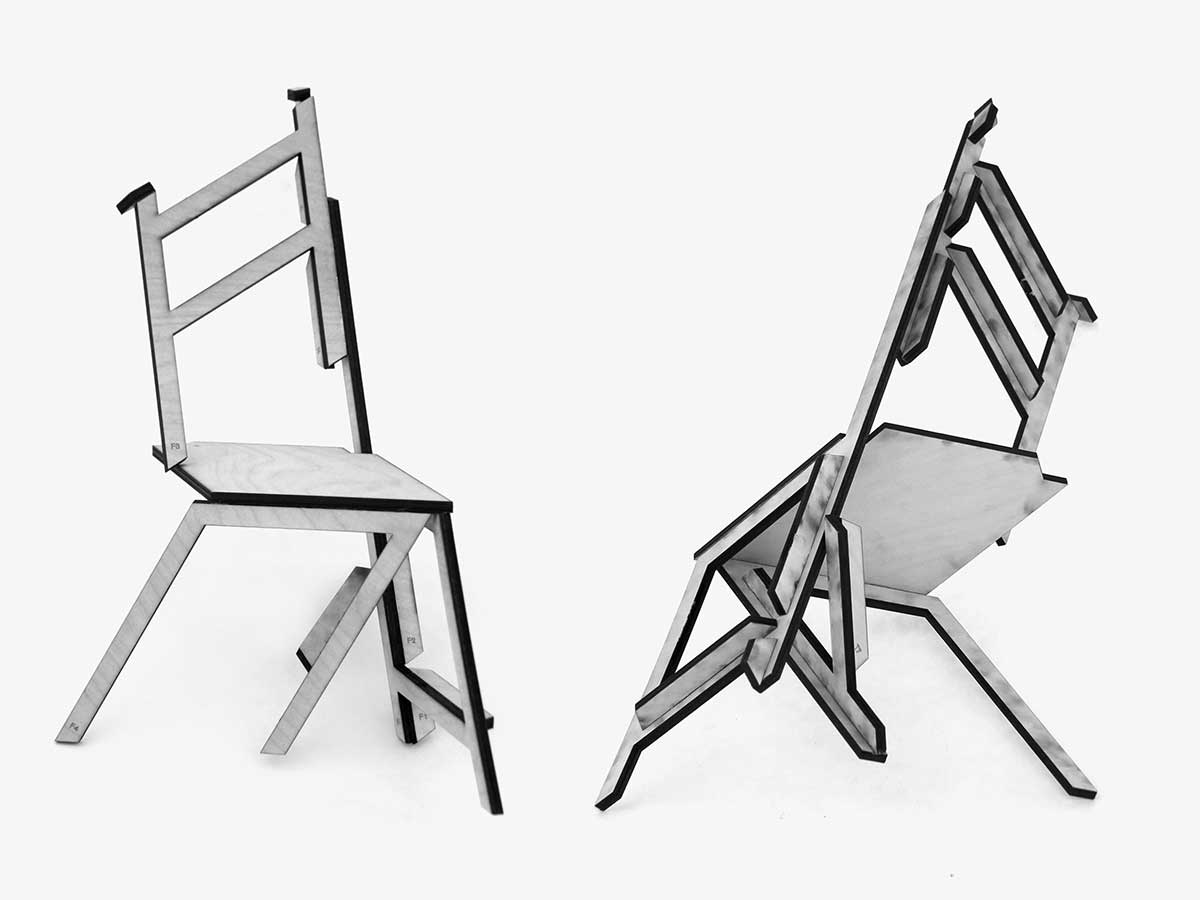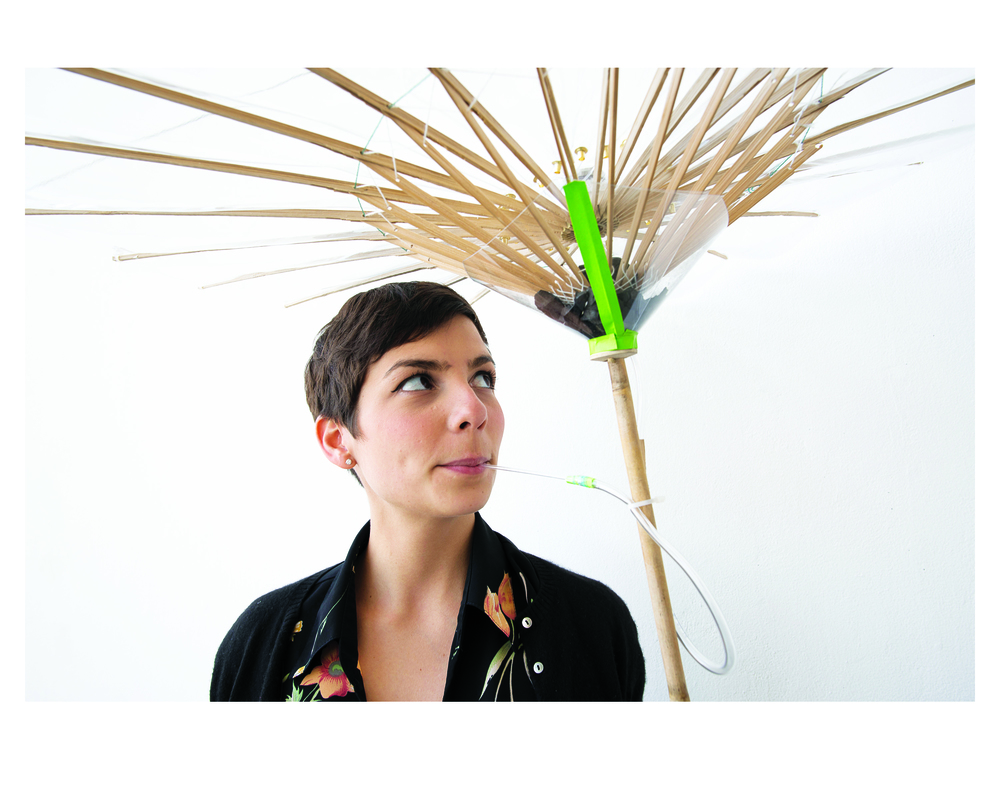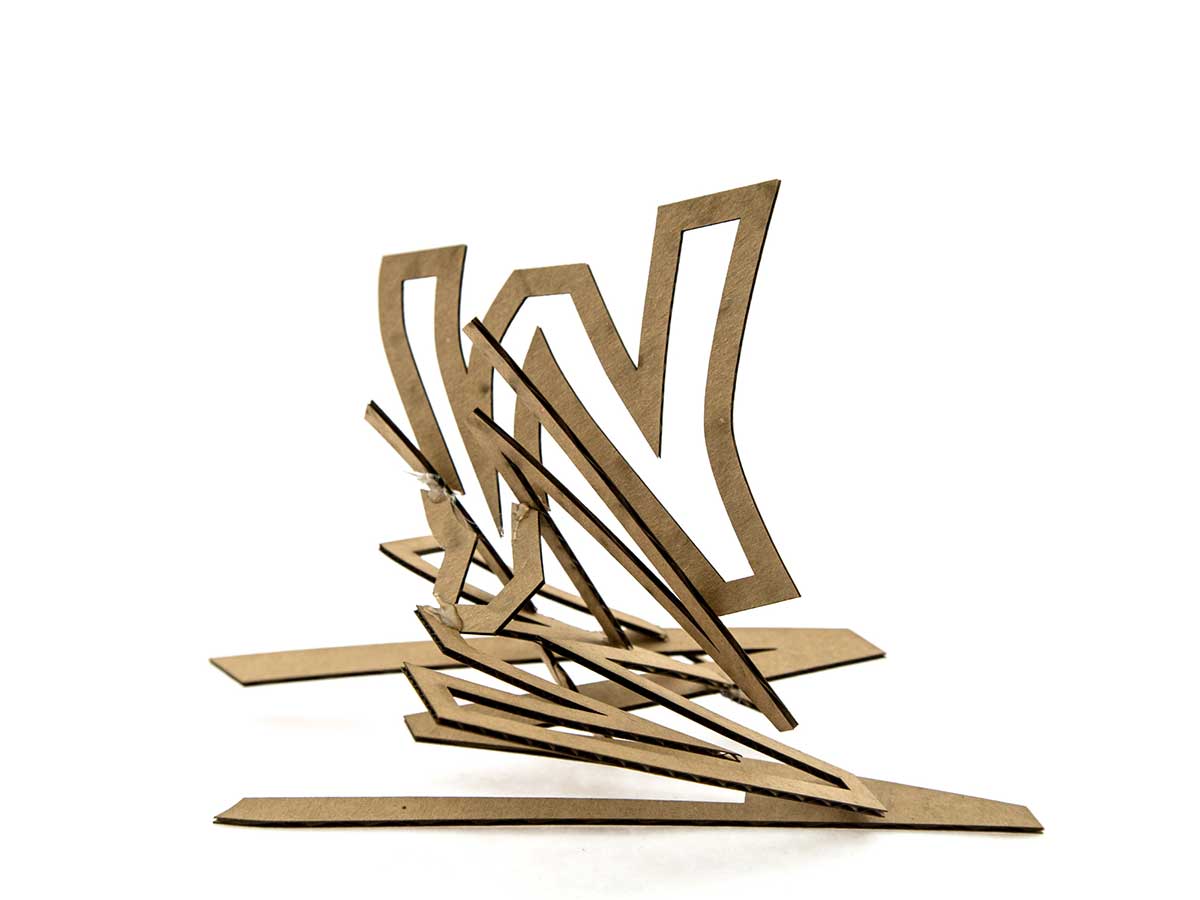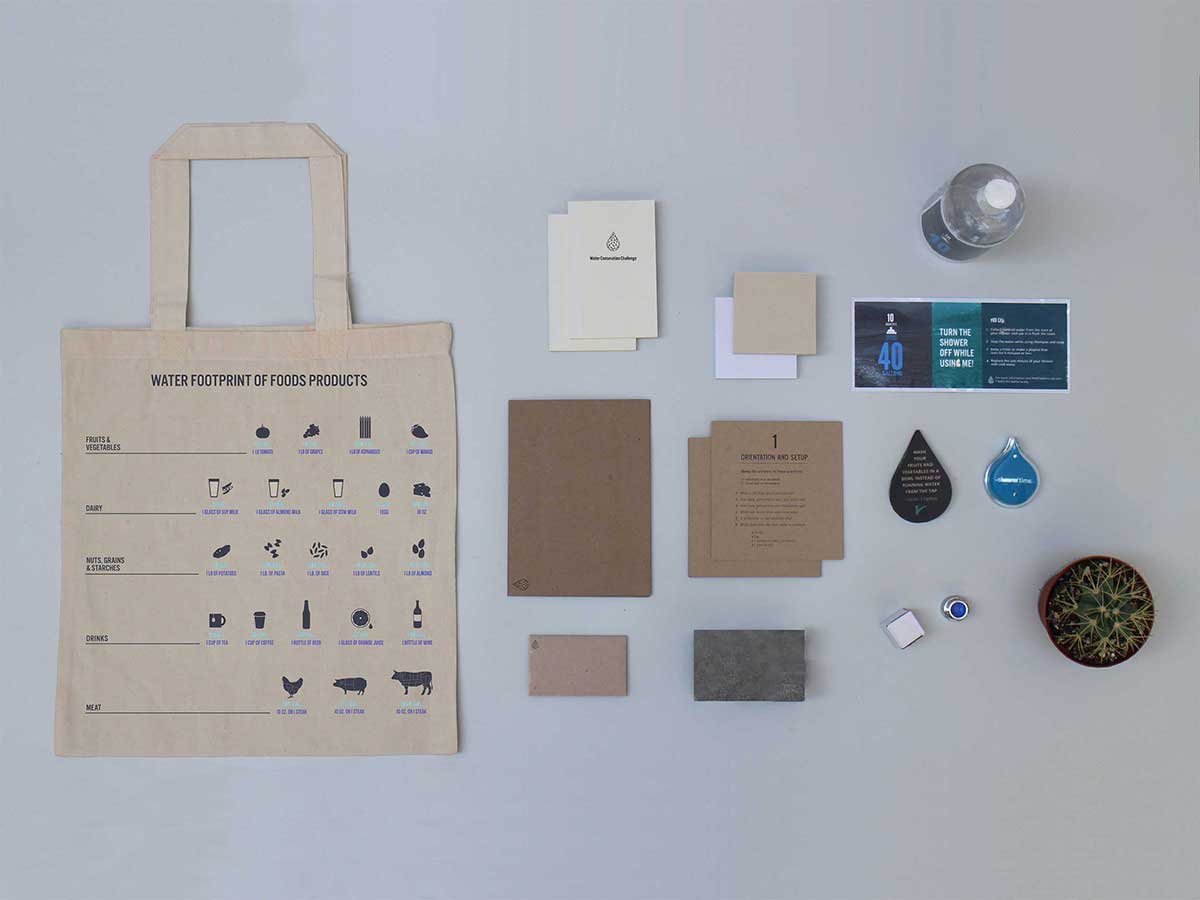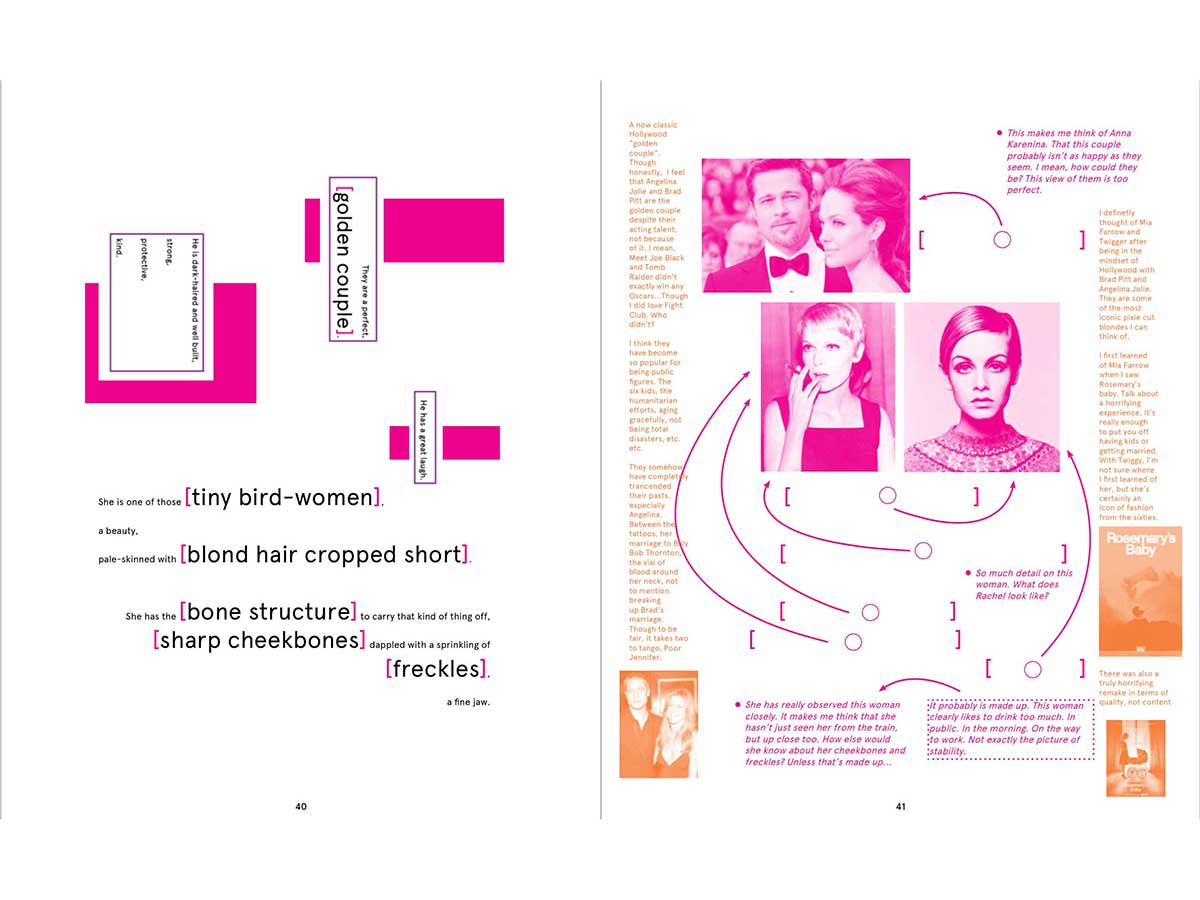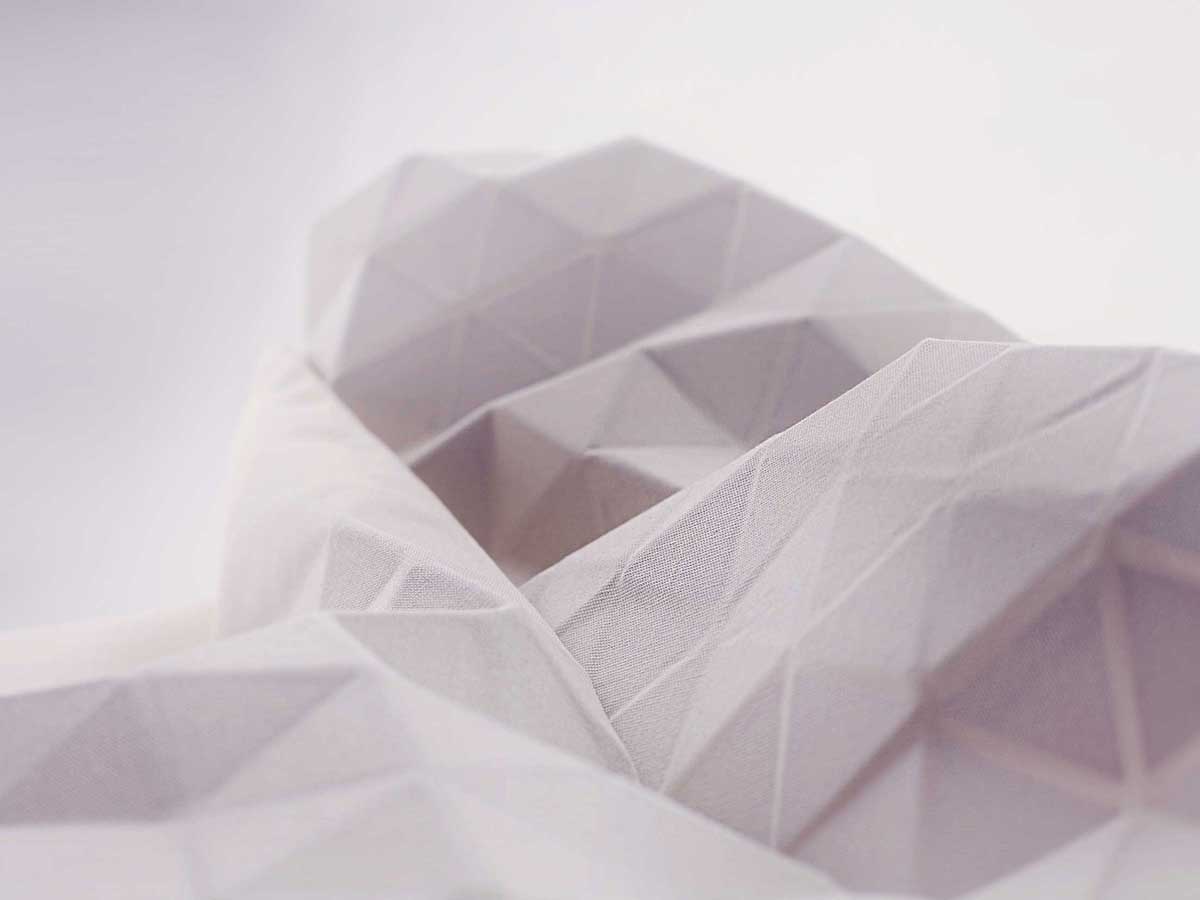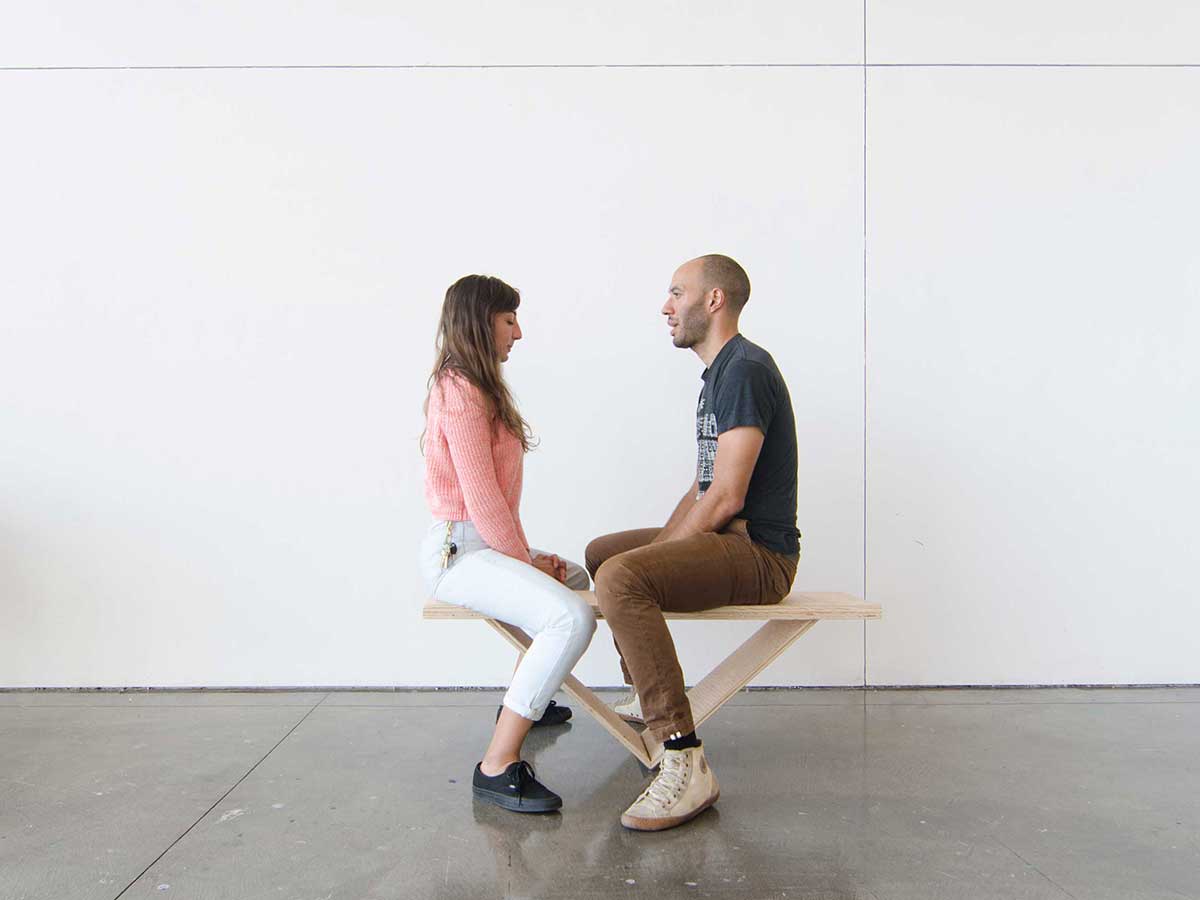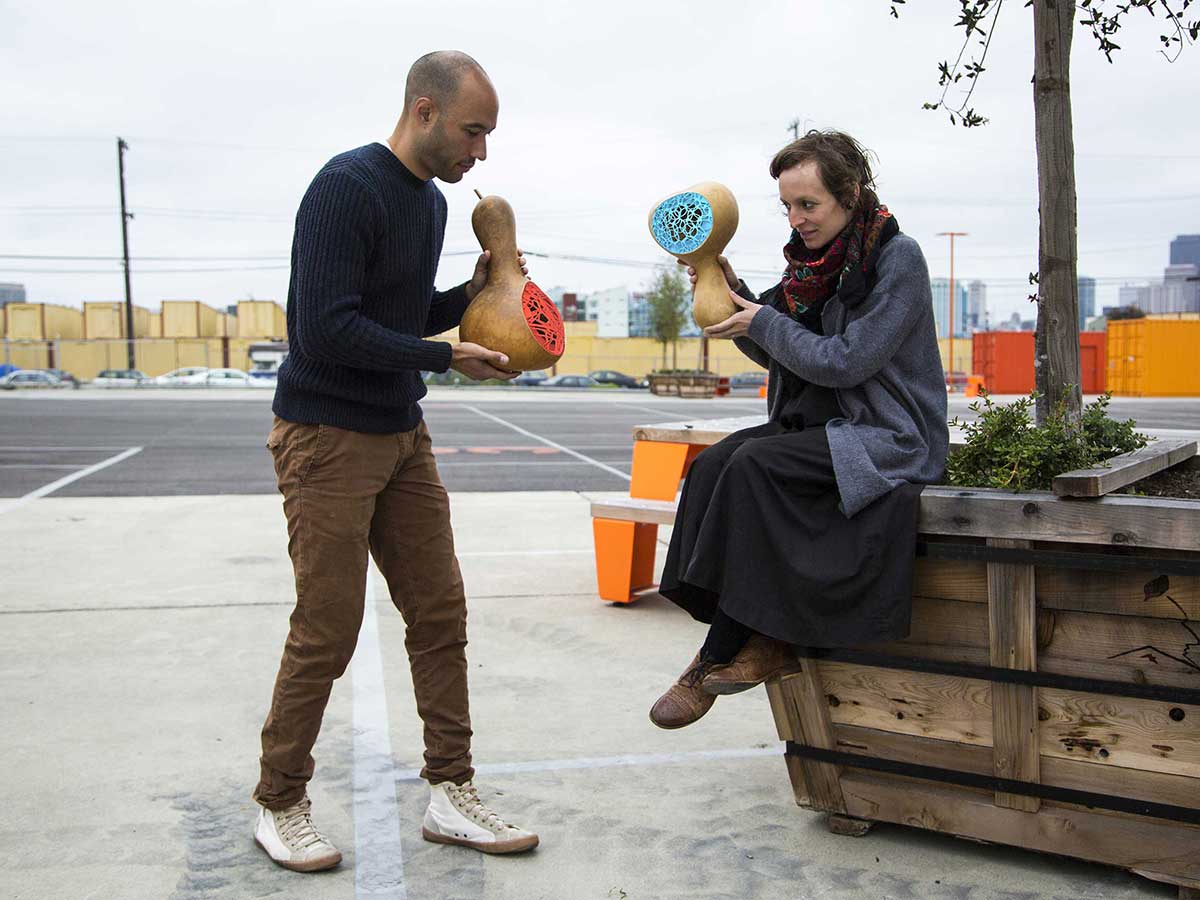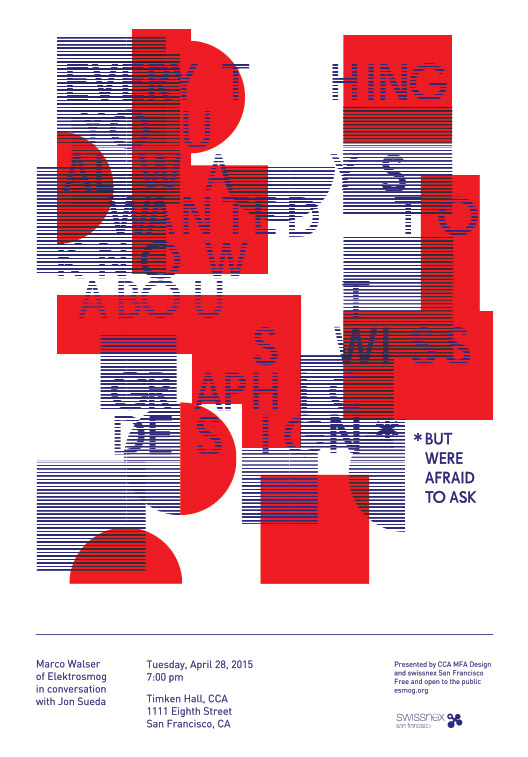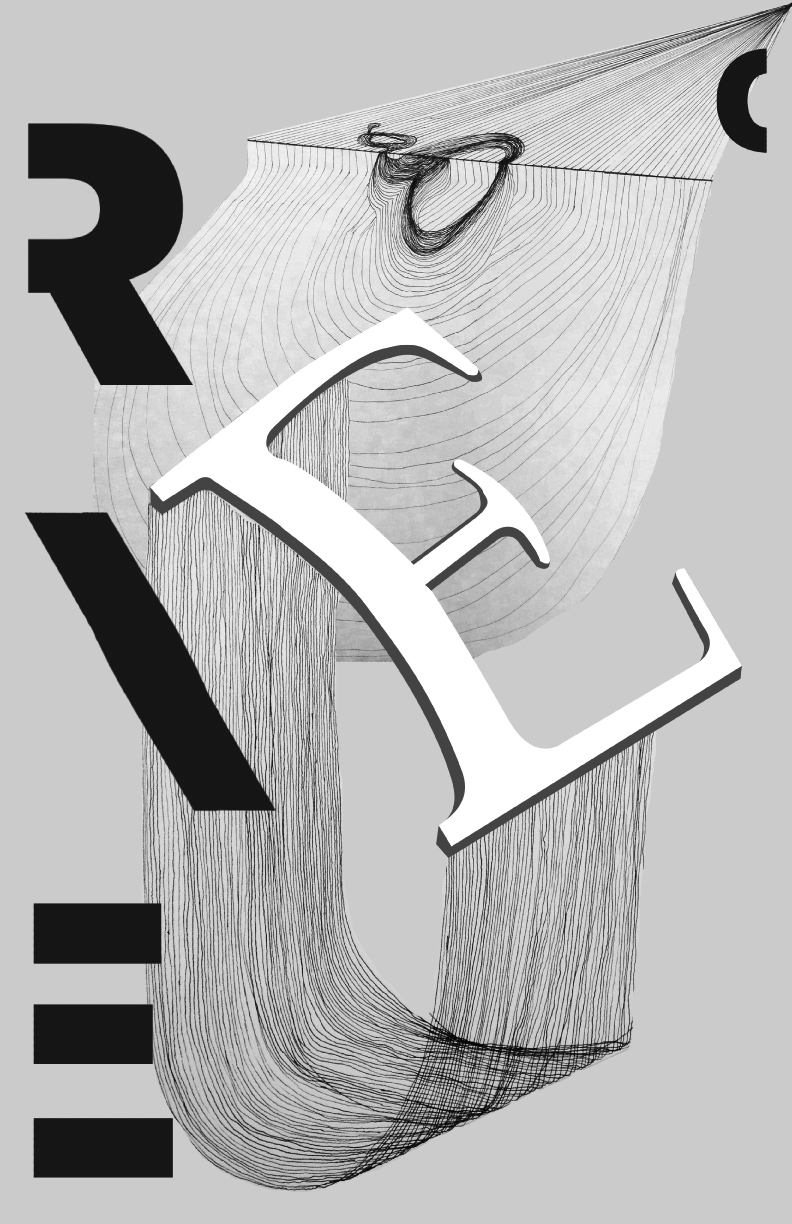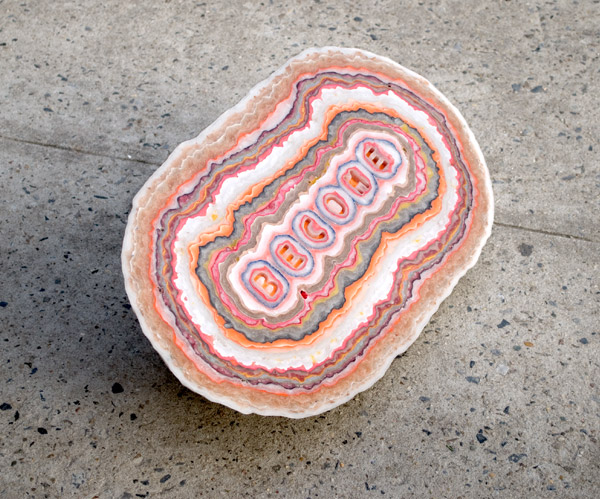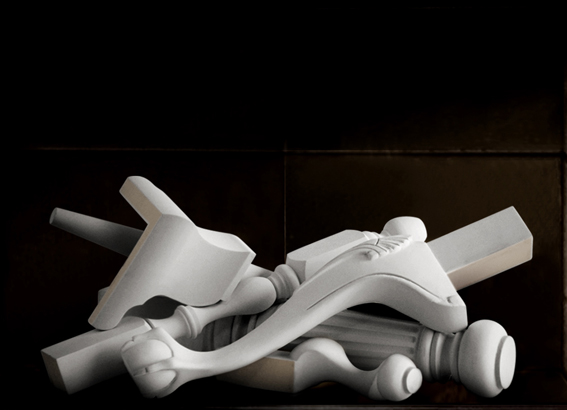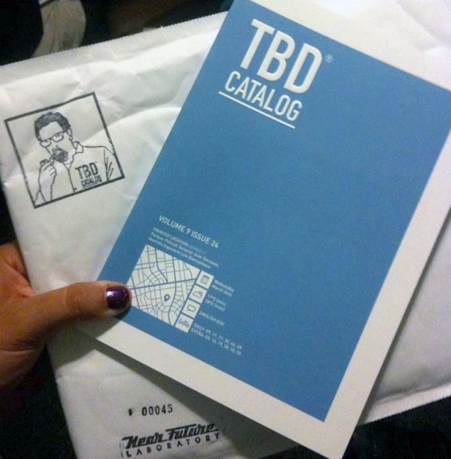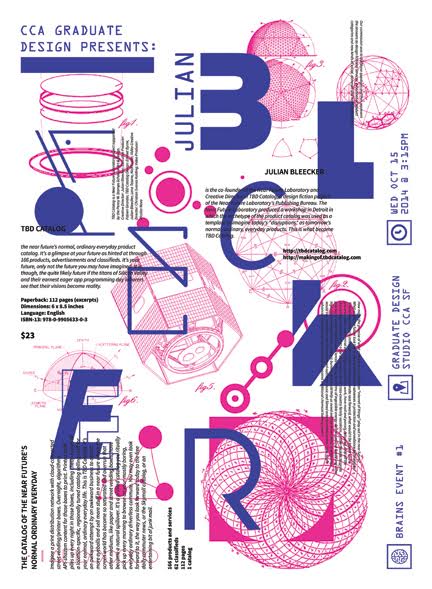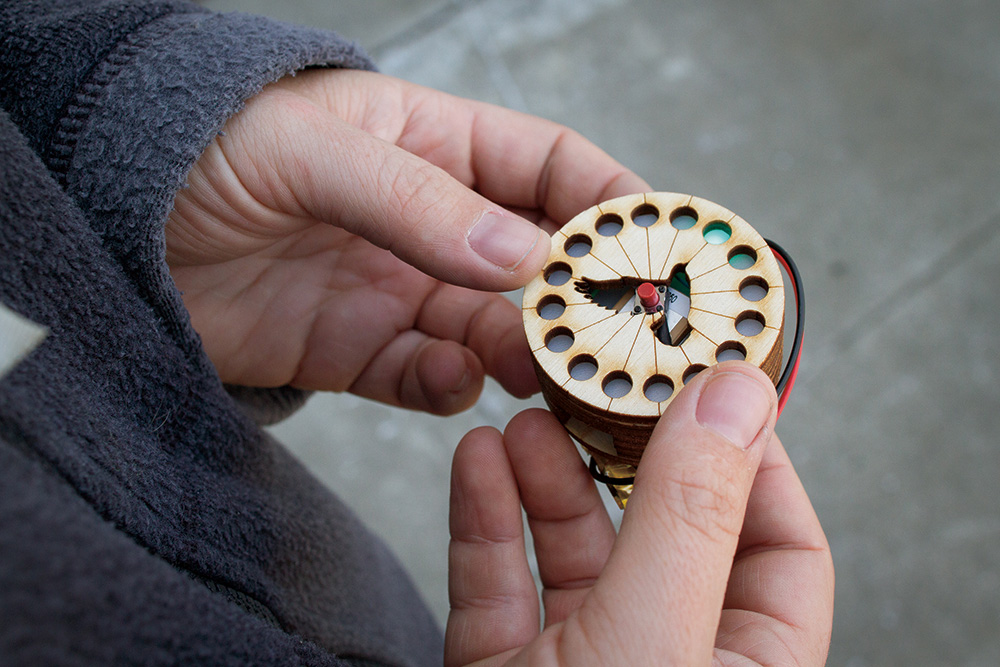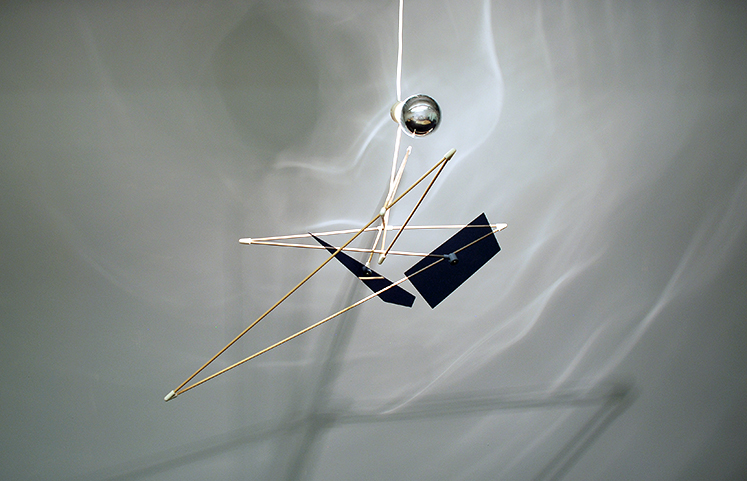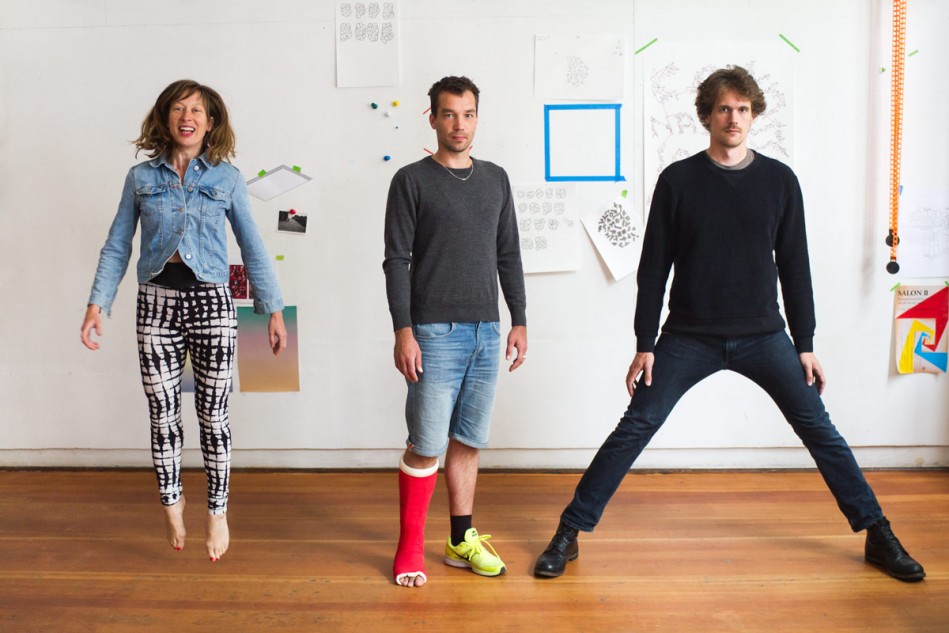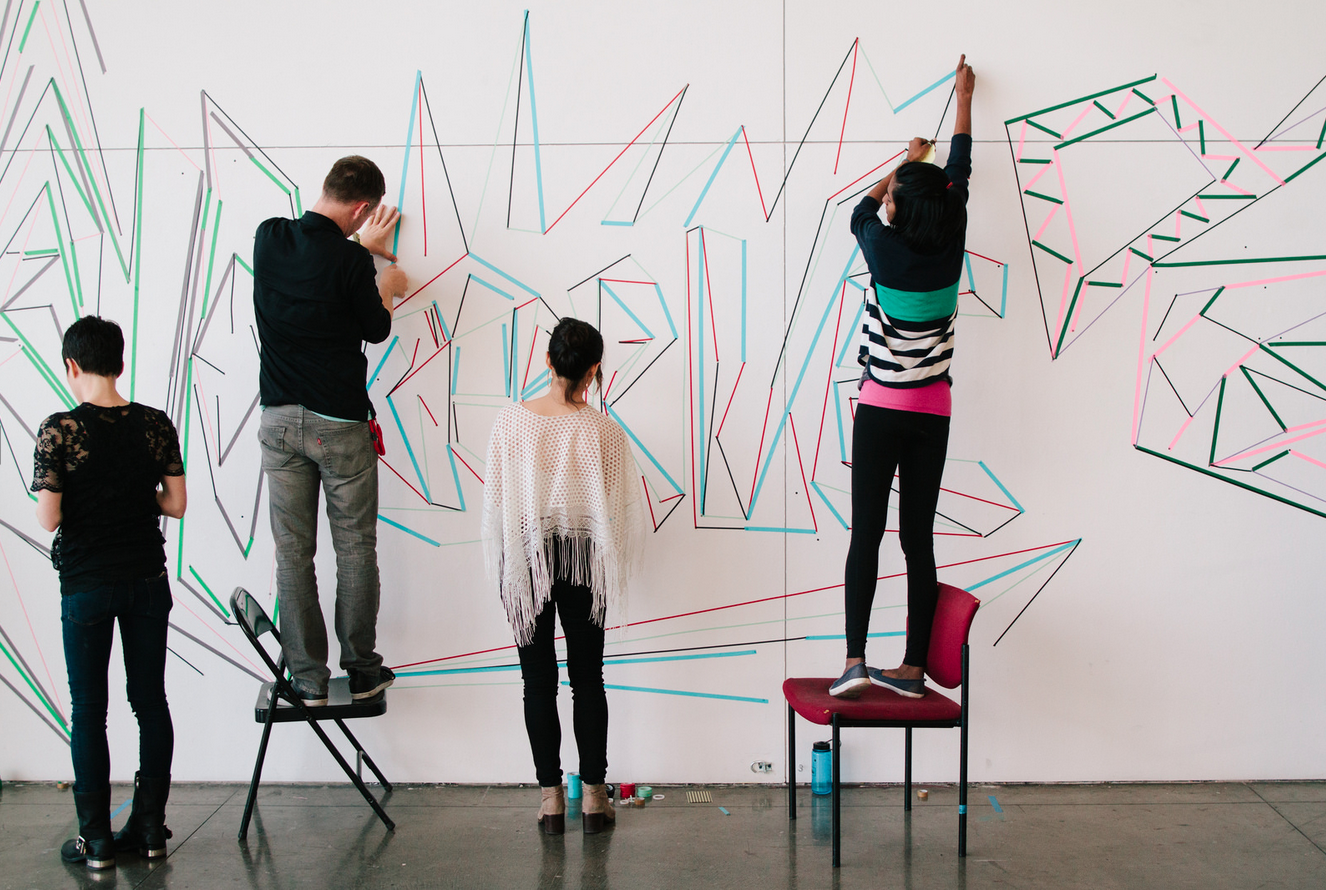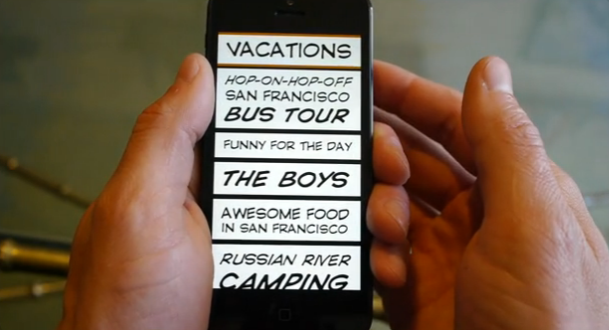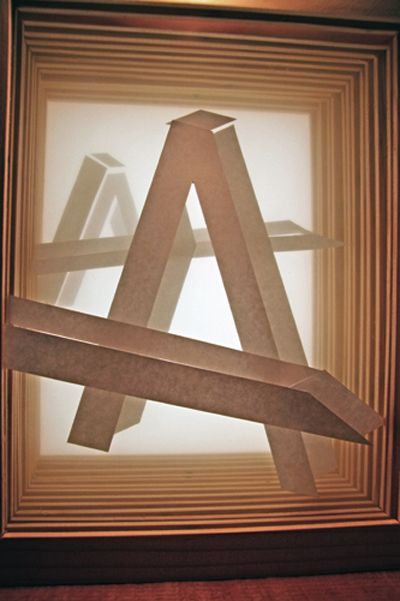MFA Design is an open site for the investigation of contemporary design practice. Built on a firm foundation of technical skills, pushing the limits of cutting-edge tools and technologies alongside traditional craft-based techniques, MFA Design students work to reimagine the methods, modes, and meanings of design in contemporary culture. Whether intended to be commercial, civically minded, personal, experimental, or all of these, work here is challenged to be technically sophisticated, culturally engaged, and even socially disruptive. It is research driven and richly informed based on a thorough examination of users and contexts. It is also both formally and conceptually inventive. MFA Design provides its students with foundational technical, formal, and conceptual skills alongside contextual understanding. It prepares its students for a range of personal, private, and public careers in design, including advanced work in creative leadership, whether in commercial, civic, and curatorial arenas. Grounded in personal exploration, MFA Design is educating a new generation of design leaders.
The History of CCA MFA Design
The program was launched in 2000 under the leadership of the San Francisco graphic design icon Lucille Tenazas. It called itself strictly a graphic design program at first, but even then it was attempting to broaden those definitions a little, looking into and leaning toward so-called art-making practices.
A shift came in 2007 with the hiring of Brenda Laurel as chair, whose emphasis on transdisciplinarity, design research, and entrepreneurship led the program toward a different approach, where students take an emphasis in graphic, industrial, or interaction design, but they all work and learn together under one curriculum in a single workspace.
Then Leslie Carol Roberts, who served as chair from 2012–14, brought the lens of a writer to the program, strengthening our critical culture even further.
About the Design Program Today
Contemporary design is a cross-disciplinary landscape. Today, a single firm or practitioner can explore terrain outside their field and produce work that expands the parameters of a given discipline.
Our dynamic curriculum encourages students to interrogate disciplinary boundaries and create a range of work, from pragmatic solutions for real-world problems to speculative projects dealing with emerging technologies.
We aim to encourage intersection, hybridity, and reconfiguration.
To fuel the making of work, we value design history, theory, research, and all forms of critical discourse. We’ve developed a vertical track within the program called Design in Context, which is a series of courses dedicated to exploring contemporary design practice on a discursive level.
We want to expose students to essential texts and different types of historical, theoretical, and contemporary writing about design and encourage an ongoing discourse about our ever-changing practice.
About the Student Culture
We have a diverse range of students from all over the world who come to CCA with the desire to be in residency, making work alongside other like-minded designers.
Our students have created an inclusive and rich studio community where they work together, share skills, and participate in workshops, discussion groups, and impromptu critiques in the wee hours of the night.
CCA has a range of art, design, architecture, and writing programs, so on any given day you can walk through the building and run into fine arts students installing work, architects building robotic drawing machines, or fashion students conducting a critique.
We have dedicated studio space for our students, and the facilities on campus include 3D printers, laser cutters, a woodshop, computer labs with a range of printers, and a new Hybrid Lab, which is a space for students from various programs to work with electronics, sensors, and digital media.
Of course we hold classes and give assignments, but we also encourage students to make work independently that is fueled by what they are learning in the classroom.
Recently we initiated the Overprint Project, a student group that is creating silkscreen and risograph posters for all our lectures and events. And we are looking to develop a similar group revolving around learning “code” and developing that skill across disciplines.
Careers for Alumni
Our students land in a wide range of places and spaces: everything from large companies like Google and frog, to arts institutions such as SFMOMA, to smaller design studios and artist residencies. Some go into teaching. Some initiate their own studios, collectives, or other initiatives.
The practice of a designer today can be quite expansive, and there are many opportunities that involve fluid crossover between design and connected fields.

Apply
Apply to CCA MFA Design
Get info
Social
Instagram Facebook

